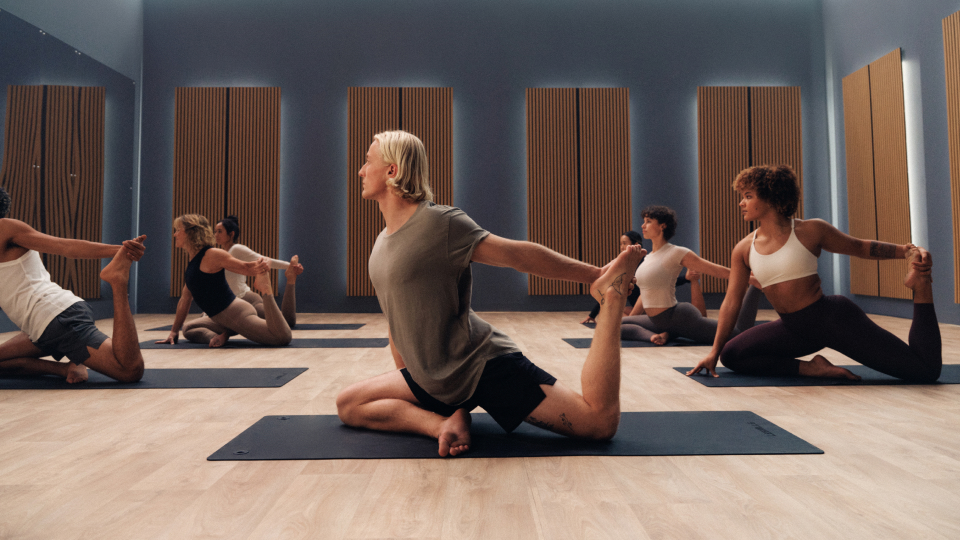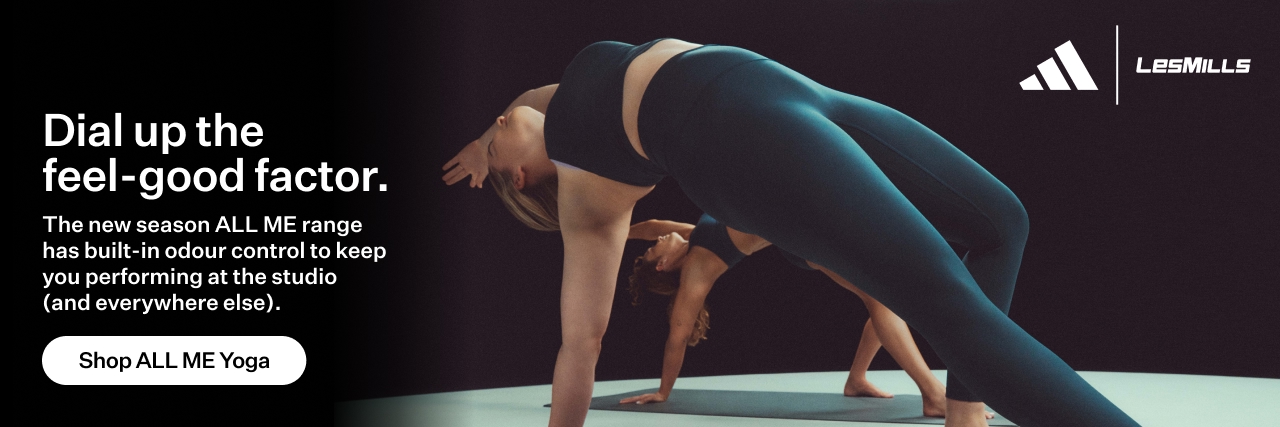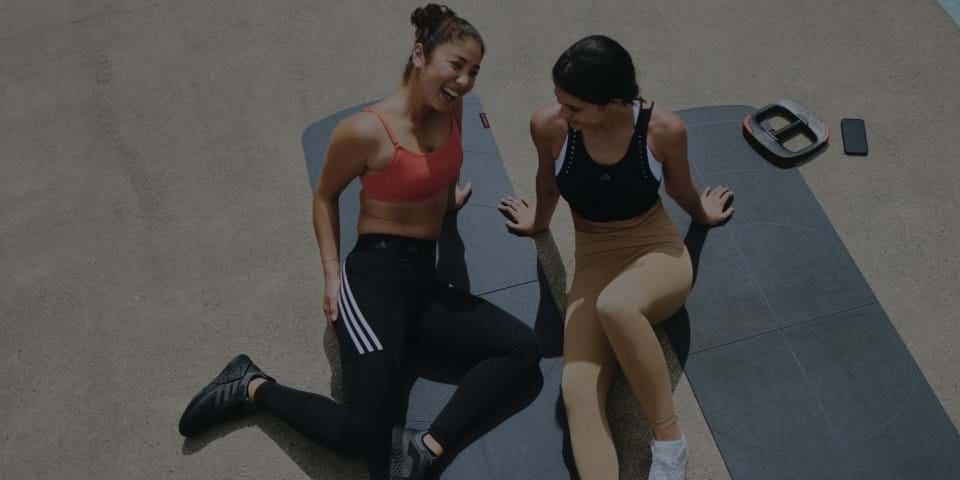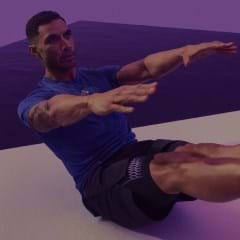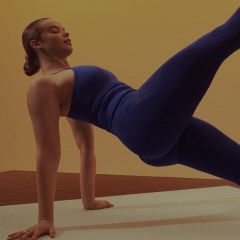For decades, the gold standard of fitness has been intensity – sweat-soaked sessions, pushing limits, and getting our heart rates pounding. Yes, there’s plenty of science to show this peak training zone is where transformation happens. But what if the key to better health wasn’t just time spent in the red zone, but in a zone so gentle it barely feels like exercise?
Introducing Zone Zero, an emerging fitness concept that channels ultra-low-intensity movement. Think easy walking, gentle stretching, and slow yoga. Even more chill than zone 1 training (which hovers around 50–60% of your maximum heart rate), Zone Zero is where you keep your heart rate below 50% of its maximum. That means, no jumping, no running, no heavy lifting… basically nothing that causes your body any physical stress.
When it comes to this type of ‘effortless activity’, there are two ways to tell that you’re in the zone. Firstly, it barely feels like exercise. And secondly, you should be able to comfortably maintain a conversation.
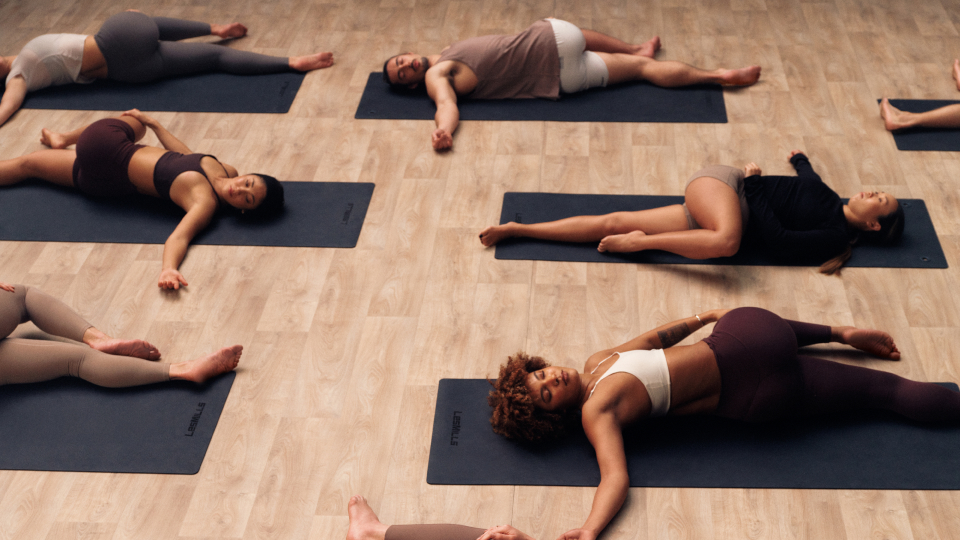
Does such low-effort activity really cut the mustard?
Les Mills Head of Research Bryce Hastings and his team investigate exercise effectiveness, and have spent years studying how different types of training spark physiological transformation. When asked whether this type of effortless training is worthwhile, he gives an unequivocal ‘yes’.
“Any movement is better than none,” says Hastings. “Whether you’re a gym regular or haven’t exercised in years, light physical activity can help improve glucose control, reduce triglycerides, and shrink waist circumference. These are all key markers for lowering cardiometabolic risk.”
And the benefits don’t stop at the body. “Low-intensity movement also boosts mental health and cognitive function,” Hastings adds.
Swedish researchers have highlighted that even the most gentle movement can help you live longer. “People think they have to start going to the gym and exercising hard to get fitter,” says study author Dr. Elin Ekblom-Bak. “For most people, just being more active in daily life – taking the stairs, exiting the metro a station early, cycling to work – is enough to benefit health, since levels are so low to start with.”
Dr. Ekblom-Bak studied data from almost 320,000 adults, finding that as fitness improved, for every millilitre increase in VO2 max, the risk of death decreased by 2.8% and risk of a cardiovascular event decreased by 3.2%. The most interesting finding … the benefits were significant regardless of the starting point.
This suggests that even the smallest gains in fitness will pay off, highlighting the valuable role Zone Zero training can play in helping people with lower levels of cardiorespiratory fitness to embed regular physical activity into their lives.
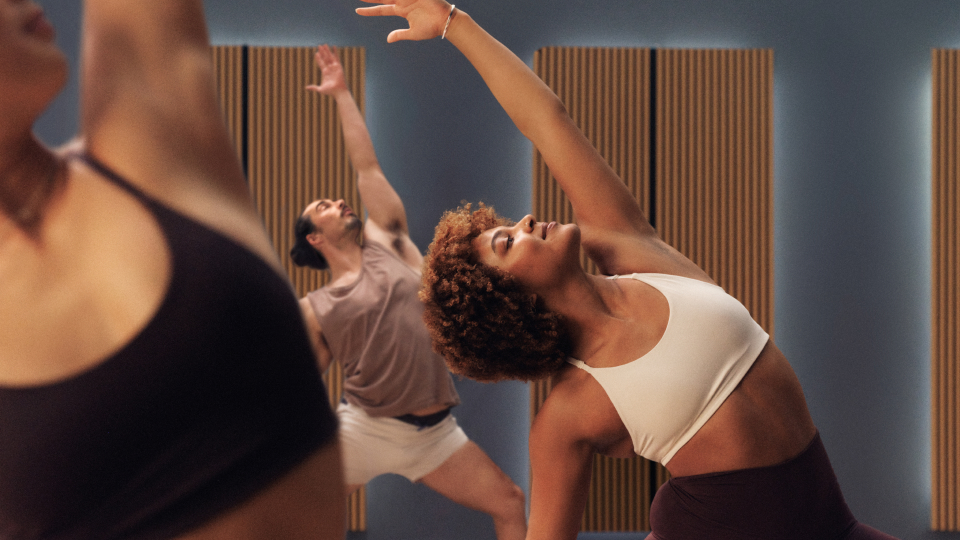
Why Zone Zero works
-
Anyone can enjoy it
Zone Zero is ideal for beginners, older adults, or anyone coming back from injury. Anyone intimidated by higher intensity exercise will benefit from doing Zone Zero training. It removes mental barriers and makes movement feel more achievable.
-
It’s easy to stick with and sustain
Because it’s enjoyable and non-threatening, Zone Zero encourages consistency. And consistency is the cornerstone of habit formation. Over time, regular gentle movement leads to long-term health improvements like better sleep, better moods and reduced risk of chronic illness.
-
It’s good for recovery and stress reduction
For seasoned exercisers and athletes, Zero Zone offers a valuable form of active recovery. Low-intensity activities like stretching, yoga and gentle walking can help ease muscle soreness, lower stress hormones and induce feelings of relaxation – without draining energy.
-
It can help spark positive physical change
Scientists have found that regular low-intensity workouts can improve cardiovascular disease risk factors, and studies link this type of activity with reducing waist circumference, reducing triglycerides, and improving insulin levels and glucose control.
-
There are mental health perks
Gentle movement simply makes you feel good. It fosters mindfulness, elevates mood, and nurtures self-esteem. A 2024 umbrella review identified how low-intensity physical activity can reduce risk of depression, anxiety, and psychosis. Another umbrella review, involving over 258,000 participants, revealed that the cognitive benefits – like improved memory and executive function – may be even greater with low- and moderate-intensity movement than with higher-intensity exercise.
A word of caution
While Zone Zero offers a wealth of benefits, Hastings emphasizes that it can’t be relied on as a complete fitness solution. “It is a great way to integrate more movement into your life, especially if you’re living a pretty sedentary lifestyle. But it won’t build significant aerobic capacity or strength on its own.”
Instead, think of Zone Zero as a foundation. Once movement becomes a habit, layering in higher intensity sessions can help round out your fitness routine.
Zone Zero workouts to try
LES MILLS YOGA™ is a four-part series designed to elevate you physically and mentally – and leave you feeling calm, centered, and renewed. LES MILLS YOGA Yin is a particularly good example of Zone Zero training – you settle into long-held poses that release tension, calm the nervous system, and gently reset the body and mind. LES MILLS BREATH is also low-intensity movement and breathwork designed to clear your head, ground your body, and help you tune inward.
LES MILLS YOGA is being launched in gyms around the globe – and will be landing on LES MILLS+ soon.
BODYBALANCE™ and LES MILLS PILATES™ can also be great ways to keep your heart rate low while you focus on building strength and flexibility.
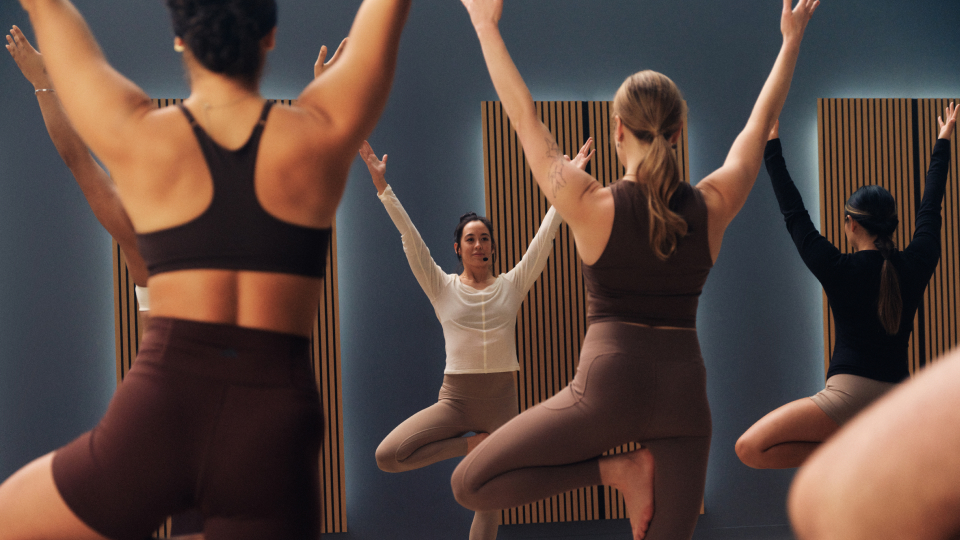
Other ways to incorporate Zone Zero training
Take slow walks
Enjoy a leisurely bike ride
Do light gardening or household chores
Use a standing desk and do regular bodyweight squats
Explore the science of ‘snacktivity’ – breaking up sedentary time with short bursts of movement.





